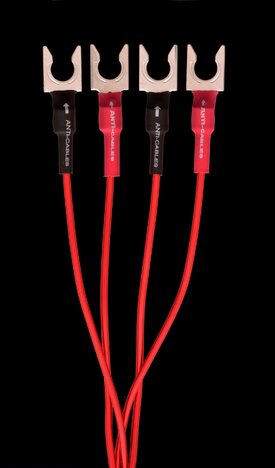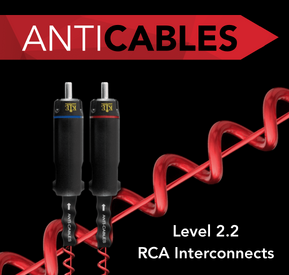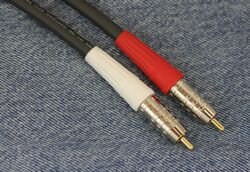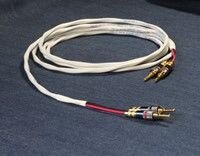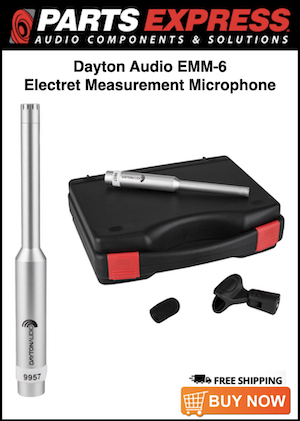Travis Ballstadt
Administrator
More
- Preamp, Processor or Receiver
- Anthem AVM60
- Main Amp
- Emotiva BasX 5
- Additional Amp
- Emotiva UPA-500
- Universal / Blu-ray / CD Player
- Kaleidescape Strato C/Terra 48TB/Compact Terra 6TB
- Streaming Equipment
- PLEX Server, AppleTV4K, Bluesound Node2i
- Streaming Subscriptions
- AppleTV+, Amazon Prime, HBO Max
- Front Speakers
- NextLevel Acoustics Reference Cinema
- Center Channel Speaker
- NextLevel Acoustics Reference Cinema
- Surround Speakers
- NextLevel Acoustics Reference Cinema
- Front Height Speakers
- NextLevel Acoustics Angled Satellite
- Rear Height Speakers
- NextLevel Acoustics Angled Satellite
- Subwoofers
- SVS SB2000 x2
- Screen
- SeymourAV Proscenium 124” diagonal 2.40:1
- Video Display Device
- JVC DLA X790R, Lumagen Radiance Pro 4240
- Remote Control
- Unfolded Circle Remote 2, powered by HomeAssistant
- Satellite System
- They still have those?
- Other Equipment
- Rega Planar 6, Rega Exact2 cart, Rega Aria Mk3 Phono Stage, Jolida JD202BRC, Rega RS-5 Speakers (2-channel system)
For speakers, I bought a spool from Monoprice when I did my last theater remodel and ran it in the walls.
For audio interconnects, I have a Rubbermaid tub of cables I bought back in the late 90s that is full of "good" analog interconnects that have been retired at one point as things moved to optical/coax, then HDMI. They range from Audioquest to Monster to whatever Circuit City/The Good Guys/Best Buy had on hand when I needed something.
Honestly, though, I'm only using analog interconnects in one place, and that's from my turntable to preamp and preamp to a cheap Monoprice tube amp.
I guess I'd be curious to learn if cables "age", or if there has been some massive revelation in cable technology that I'm missing out on something with my 20yo cables.
For audio interconnects, I have a Rubbermaid tub of cables I bought back in the late 90s that is full of "good" analog interconnects that have been retired at one point as things moved to optical/coax, then HDMI. They range from Audioquest to Monster to whatever Circuit City/The Good Guys/Best Buy had on hand when I needed something.
Honestly, though, I'm only using analog interconnects in one place, and that's from my turntable to preamp and preamp to a cheap Monoprice tube amp.
I guess I'd be curious to learn if cables "age", or if there has been some massive revelation in cable technology that I'm missing out on something with my 20yo cables.







